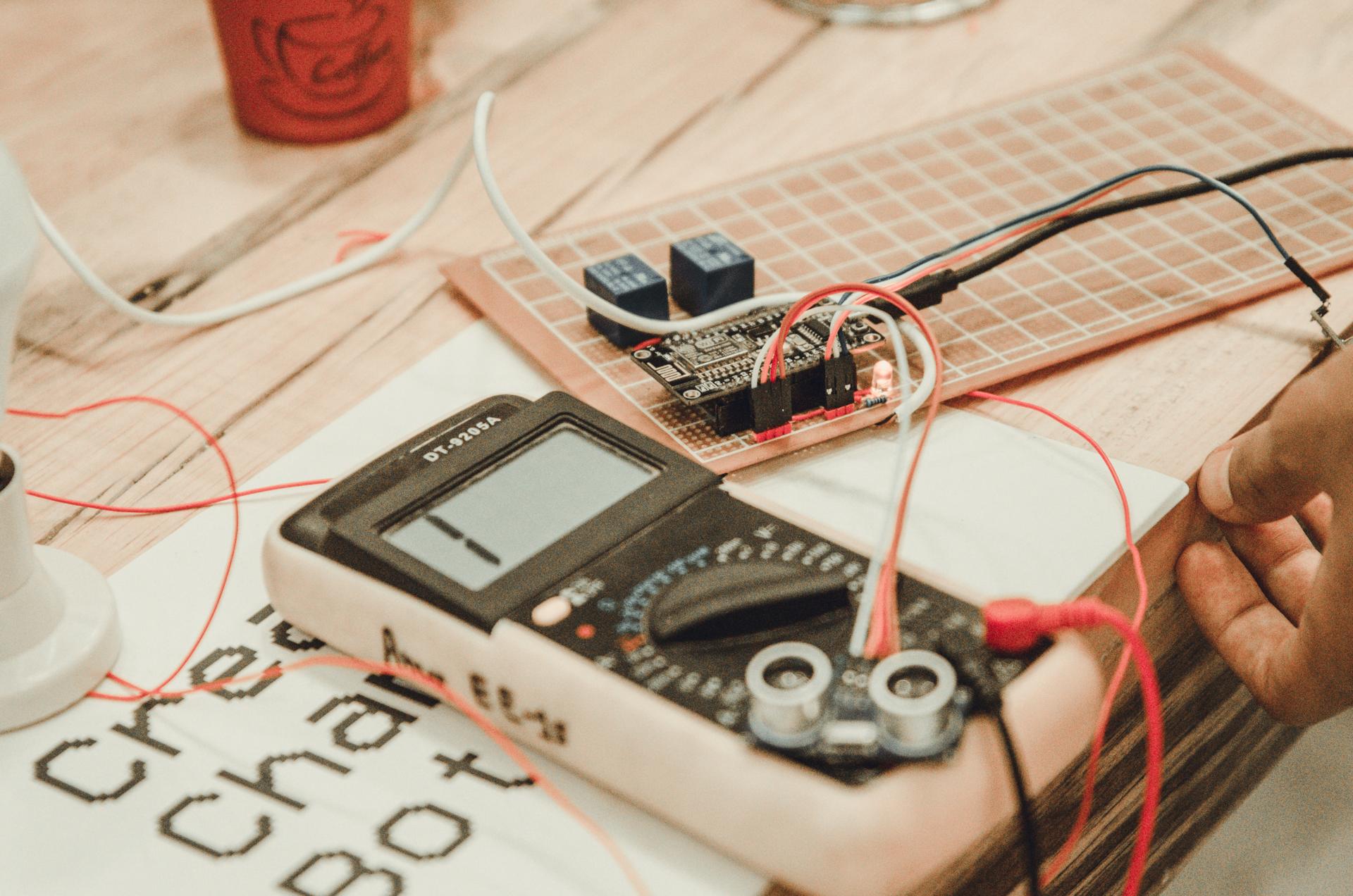House Electric Safety: A Guide to Performing an Electrical Security Test

When it comes to home safety one of the primary aspects to be considered is electrical safety. Testing for electrical safety is the process of evaluating the electrical system in your home to ensure it’s safe and up-to-code. In this article we’ll provide information on what electrical safety tests are, what equipment you’ll require to conduct them, the best method to carry out the tests and what warning signs to look out for.
What’s an Electrical Safety Test?
A safety test for electrical appliances is the procedure of examining the electrical system within your home to verify that it’s functioning safely and correctly. The importance of electrical safety tests is as they can prevent electrical accidents and fires and also ensure the long-term durability of your electrical system.
Tools Required for an Electrical Safety Test
To conduct an electrical safety check, you’ll need some essential equipment. These include a voltage tester and a continuity tester a circuit tester, along with an outlet tester. The voltage tester is used to test for live circuits while the continuity tester checks for circuits that are damaged. Circuit testers are used to check for wiring faults, and the outlet tester is utilized to identify wiring issues at the outlets. It is essential to utilize these devices correctly to get precise results.
How do you conduct an electrical Safety Test
To perform the electrical test in your home, follow these steps:
Turn off the power to the circuit you’re trying to test.
Use this voltage tester to test for live circuits.
Make use of this continuity tester to look for damaged circuits.
Make use of the circuit tester to check for any wiring issues.
Utilize the tester for outlets to look for electrical problems in the outlets.
During the process of testing Be sure to check for evidence of wear or damage on the wiring, such as broken or frayed wires burn marks and loose wires. If you discover any problems you need to fix the issues as soon as you can to prevent potential hazards.
Signs of Electrical Problems to be Watchful For
There are several indicators that may indicate electrical problems in your house. These include flickering lights frequently tripping the circuit breaker, buzzing or crackling sounds emanating from outlets, outlet that are hot or discolored as well as a burning smell. If you spot any of these warning indicators, you must act immediately to prevent any electrical dangers.
Conclusion
Safety tests for electrical appliances are essential to ensure the safety of your home and family. Through regular testing and fixing any issues quickly you will be able to prevent hazards to electrical equipment and extend the lifespan of your electrical system. If you need help with electrical testing and repairs, don’t hesitate to contact Electricians of South Auckland. Our experienced team can offer you expert advice and support. Contact us via 0800 570 081 to schedule an appointment or request a quote.
FAQ Section
When should I conduct an electrical safety test in my home?
We suggest conducting tests of electrical safety at least once per year.
Can I perform the electrical test on my own or do I need a professional?
While you can perform tests for electrical safety by yourself however, it’s advised to employ a professional to ensure accurate results and to avoid any potential dangers.
What are the most common electrical problems that can be found in an electrical safety test?
The most frequent electrical issues found during a safety test are malfunctioning wiring, overloaded circuits, and outdated electrical systems.
What should I do if encounter a problem during the electrical safety test?
If you discover a problem when you conduct the electrical safety check it is important to take action immediately. This may involve making contact with an experienced electrician to resolve the issue, or replacing faulty equipment.
